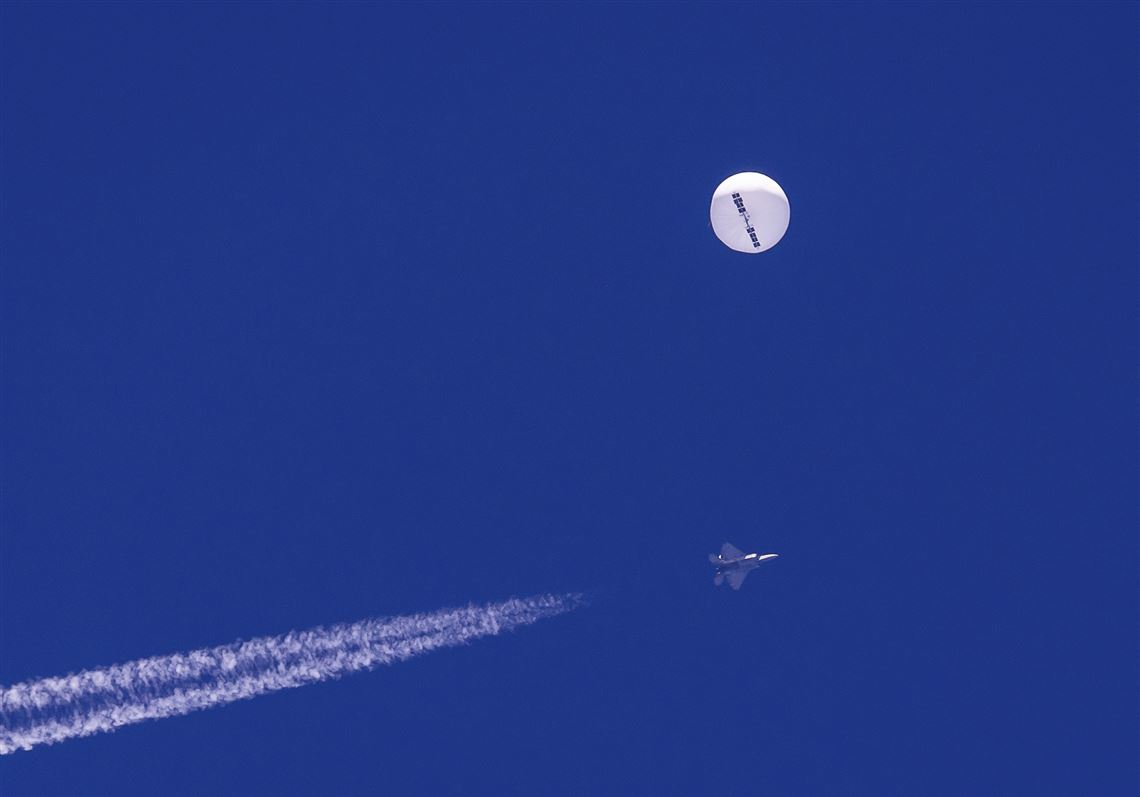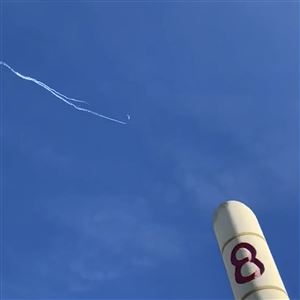Our collective obsession with flying saucers, aliens, and “little green men” arguably began in 1947, when Kenneth Arnold, a businessman and pilot, spotted nine objects flying at unfathomable speed near Mount Rainier in Washington.
Arnold dutifully reported these to aviation officials. He likened their movement to “a saucer skipping across the water.” Bored reporters eager to make something of the story ran with it, inventing details along the way.
In a few days, journalists had turned Arnold’s metaphor into something more material: a “flying saucer.” The idea captured the nation’s imagination, sparking a flood of alleged sightings.
Popular culture wasn’t far behind. One month later, country singers Chester and Lester Buchanan issued the first song celebrating the phenomenon: “(When You See) Those Flying Saucers.” Others followed. In “Two Little Men in a Flying Saucer,” Ella Fitzgerald crooned about aliens with “little green antennas” who find Earth decidedly wanting and conclude: “It’s too peculiar here.”
Hollywood did its part, too, with several films about alien visitors, most of which featured flying saucers. Sometimes their occupants came in peace (Klaatu, the noble protagonist of "The Day the Earth Stood Still"). But for the most part, they didn’t (for example, "The Thing From Another World" and the classic "Earth vs. The Flying Saucers").
Retailers sold flying saucer wind-up toys, flying saucer kids’ pajamas and other artifacts testifying to our collective obsession with aliens. Thousands reported sightings of flying saucers, or what the Air Force increasingly referred to as unidentified flying objects, or UFOs. (We now call them unidentified aerial phenomena, or UAPs.)
Government representatives found the collective obsession with UFOs deeply frustrating. In public, they dismissed the reports, arguing that ordinary citizens, their imaginations inflamed, had mistaken weather balloons, jet planes and meteorites for extraterrestrial craft.
Yet in private, high-ranking officials acknowledged that some sightings, particularly those reported by military pilots and radar, could not be so easily dismissed. In the fall of 1947, General Nathan Twining, then head of the Air Force Materiel Command, reviewed classified data and concluded that “the phenomena is something real and not visionary or fictitious.”
By “phenomena,” he was referring to craft that moved at extraordinary speeds and displayed “extreme rates of climb, maneuverability (particularly in roll), and motion.” These aerial vehicles generally left no trail and rarely made any noise. They behaved in ways that defied conventional explanations.
Twining, who would go on to become chief of staff for the U.S. Air Force and eventually chairman of the Joint Chiefs of Staff, was extremely circumspect in his assessment. Notably, he did not speculate about extraterrestrials and instead worried that a foreign nation could be responsible.
The Air Force’s “Project Sign,” begun that same year, studied the phenomena more closely. An initial memorandum — known as the “Estimate of the Situation” — seriously entertained the possibility that at least some of the sightings might be interstellar craft.
But leaders of the Air Force didn’t take kindly to this unsettling conclusion. They remanded the memo and ultimately shut down Project Sign, replacing it with “Project Grudge.”
The new initiative was not a dispassionate inquiry, but a deliberate attempt to quell public anxiety. One scholarly account has described it as a “a public relations campaign designed to persuade the public that UFOs constituted nothing unusual or extraordinary.”
While it’s easy to interpret these initiatives as government cover-ups, the reality is far more complicated and interesting. Their implementation reflected a genuine concern that the task of investigating the torrent of sightings would divert precious time and money from countering the more immediate threat posed by the Soviet Union.
Some strategists even feared that the Soviets might be sowing hysteria about UFOs in order to overload the nation’s air defenses. One CIA analyst warned in 1952 that the spate of official and unofficial sightings had overwhelmed the military’s ability to recognize Soviet bombers. “As tension mounts,” the analyst warned, “we will run the increasing risk of false alerts and the even greater danger of falsely identifying the real as phantom.”
Still, not everyone got the memo. In 1952, after ground observers and radar picked up fast-moving mysterious objects over the nation’s capital, Major General John Samford, director of intelligence for the Air Force, held a press conference. He bluntly spoke of “credible observers” reporting “relatively incredible things.”
That same year, a scientific advisor within the CIA warned that “something was going on that must have immediate attention.” He concluded that “sightings of unexplained objects at great altitudes and traveling at high speeds in the vicinity of major U.S. defense installations are of such nature that they are not attributable to natural phenomena or known types of aerial vehicles.”
But such incidents, impossible to explain and posing no obvious threat to the U.S. and its allies, increasingly took a back seat to dealing with the Soviet Union. Through the later 1950s and 1960s, “Project Blue Book,” the successor to Project Grudge, successfully quelled the nation’s obsession with flying saucers. Increasingly, UFOs became a punchline, akin to Bigfoot and the Loch Ness Monster.
Fast forward to the 21st century. In recent years, a growing number of sightings of aircraft defying the laws of physics has prompted a federal effort to collect and analyze data. But the damage done by Grudge and Bluebook — what the U.S. director of national intelligence recently described as “sociocultural stigmas” — has made that task difficult.
So does the fact that our newfound interest in the subject is taking place against the backdrop of a growing conflict with another rival superpower: China. The risk that Chinese espionage could become entangled with the UAP question is high.
Witness, for example, the confused and contradictory messaging around the three objects shot down last week in the wake of the downing of a Chinese spy balloon. A day after the U.S. Air Force general overseeing North American airspace said he wasn’t ruling out extraterrestrial origins for the UAPs, a White House spokesperson emphasized “There is no, again, no indication of aliens or extra terrestrial activity with these recent takedowns.”
If we are to avoid a repeat of the mistakes of an earlier era, we must avoid both the popular hysteria and hostile indifference that defined our first engagement with the issue. That means both the government and the media must adopt a far more nuanced, transparent approach.
One step in that direction is to acknowledge that there may be things out there that we can’t yet explain, that we should study with an open mind. If we can pursue that inquiry without succumbing to either skepticism or credulousness, we may finally get to the bottom of the mystery.
Stephen Mihm is a professor of history at the University of Georgia. His previous article was “Fusion skepticism follows a century of genius, fraud and hype.”
First Published: March 1, 2023, 5:00 a.m.


















